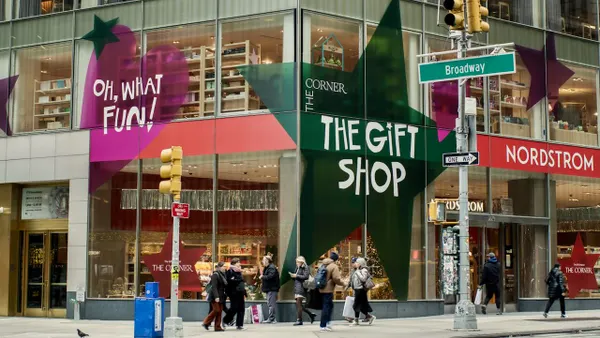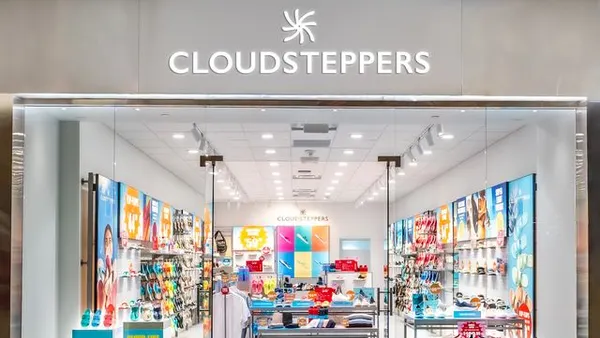NEW YORK — In 2019, for the first time Crate and Barrel didn't run holiday spots on television, CEO Neela Montgomery said during a panel discussion at the National Retail Federation's Big Show. The home goods retailer has shifted its focus away from traditional advertising channels as digital increasingly becomes part of the path to purchase.
"We decided it was better to invest those marketing dollars in telling that story in an authentic kind of way via Instagram or other social media channels, and through digital marketing," she said.
Crate and Barrel wasn't the only retailer to back away from TV advertising in the most recent holiday season. Ahead of the holiday season, Gap also announced it would forego its traditional star-studded TV ads in favor of a cross-channel campaign that ran on its website, social media and YouTube pages. TV is still a popular channel, however. Across the retail industry, TV ad spend topped $400 million in the first two weeks of November 2019, a 5% increase from the prior year.
Nonetheless, digital channels are more important to consumers prior to making a purchase, and they want ads to reflect that. According to a 2019 McKinsey report, 49% of shoppers said email was their preferred marketing channel, while 38% of consumers said the same about TV and magazines. And just 25% of consumers surveyed in the report said they use television to find ideas and do product research, compared to 65% who go to stores and 61% who browse a retailer's site.
In 2019, digital ad spend outpaced traditional ad spend by nearly $20 billion, according to eMarketer data cited by AdWeek, and the firm expects the gap between the two channels to only widen. By 2021, eMarketer predicts digital ad spend will reach $172.29 billion, while traditional will shrink to $104 billion.
The 2019 holiday season also brought another first for Crate and Barrel: It was the first time 51% of the retailer's sales, across its three brands, were made online, Montgomery said. But that doesn't mean the company is shifting its focus away from its stores.
"We have to service the customer whether that means they want to come into our store and have a wonderful, warm interaction with an associate, and design a room together or design a project," she said. "But we also have to service the customer, who wants ultimate convenience, everything to turn up quickly in a frictionless, seamless experience."
To address this need, the retailer has been working to improve its buy online, pick up in-store services, as well as finding ways to re-imagine its stores, Montgomery said. In July, the retailer opened its first full-service restaurant, The Table at Crate, at its Oak Brook, Illinois, store. Crate and Barrel has since announced plans to open up to 15 additional restaurants.
"Crate's been around for 58 years now and we don't have a right to be around for the next 58 years," Montgomery said, noting that the company needs to stay true to its brand DNA, but also "innovate and deliver new things and surprise customers."














